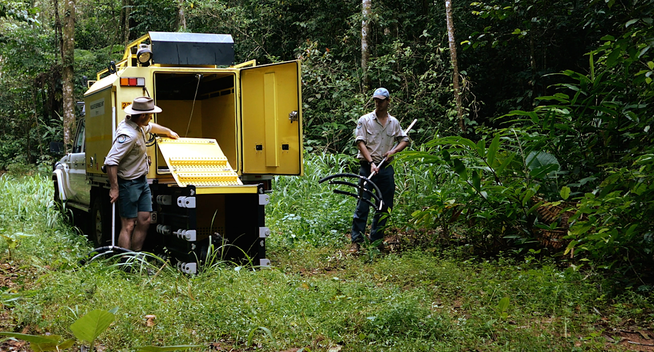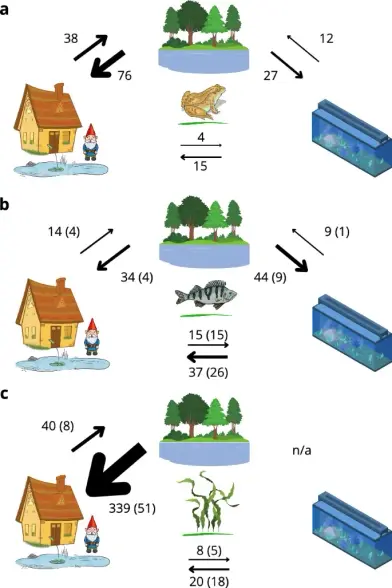Cassowary banishment from tropical forests
Urban sprawl and wildlife translocation
"Only around 4,000 southern cassowaries are thought to remain in Australia, and the species is threatened by habitat destruction, vehicle strikes, dog attacks and climate change."
An "endangered southern cassowary was discovered underweight and with a belly full of tomato seeds and fruits scavenged from compost bins. Several reports indicated the bird had been wandering along roads close to cane fields and was in danger of being hit by a car or truck."
>>
https://au.news.yahoo.com/tense-moment-rare-35kg-creature-lowered-into-remote-aussie-forest-022020386.html
#Birds #SouthernCassowary #wildlife #biodiversity #conservation #tropics #ecosystems #Wildlife #habitat #translocation #Banishment #Sprawl #cars #dogs #DogsAttacks #roads #plantations #monocultures



